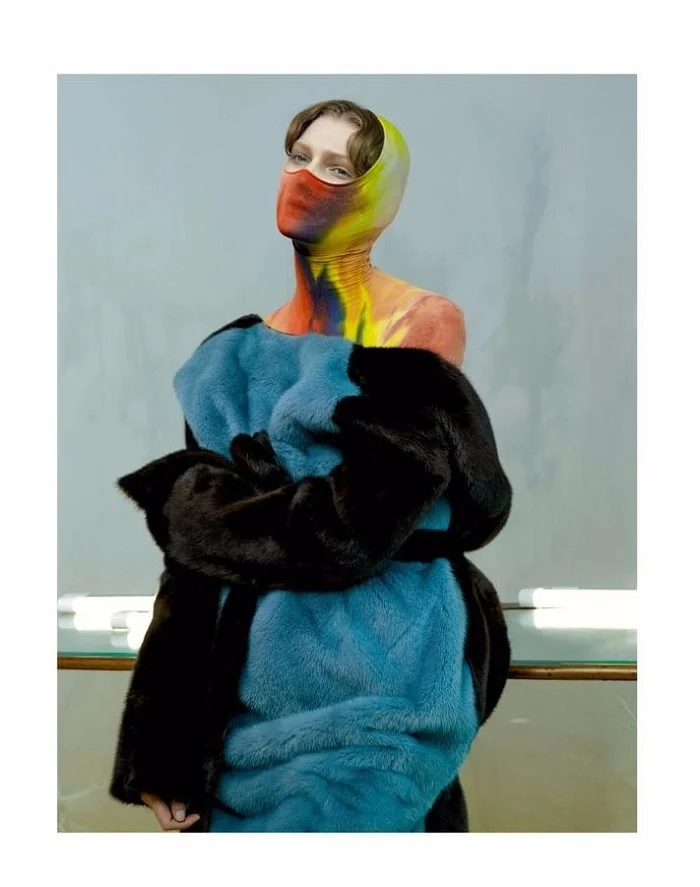Katja Mayer Captures The Patriarchal Contradiction in 'Melancholia' For Numéro December 2017
/Model Marland Backus feels the 'Melancholia' in images styled by Samuel Francois. Photographer and artist Katja Mayer captures the provocation for Numéro's December 2017 issue.
The obelisks of ancient Egypt represented the benben, the primordial mound upon which the god Atum stood at the creation of the world. As such, they were associated with the benu bird, the Egyptian precursor to the Greek phoenix. According to some Egyptian myths the benu bird was the first living creature whose cry awoke creation and set life in motion. The bird was linked to the morning star and the renewal of each day but was also the sign of the end of the world; in the same way the bird had cried to begin the creative cycle, she would sound again to signal its completion. via
Seaton Schroeder, an engineer who helped bring Cleopatra's need to Central Park recounts: “From the carvings on its face we read of an age anterior to most events recorded in ancient history; Troy had not fallen, Homer was not born, Solomon’s temple was not built; and Rome arose, conquered the world, and passed into history during the time that this austere chronicle of silent ages has braved the elements.”
It's noteworthy that in the march of human civilization from the Egyptians to the Romans -- which coincides with the rise of monotheism and patriarchal values, the Romans built twice as many obelisks as the Egyptians. During this time, condensed into a period of several hundred years in Greece, three famous philosophers chronicled the decline of women from Socrates, who had no issue and embraced the idea of a woman head of state; to Plato, who said 'perhaps but preferably not' (metaphorically speaking) to AAristotle, who saw women as very inferior to men. Aristotle actually believed that all the DNA, all the human qualities of life were transmitted through semen and the man. The woman was only the 'oven' , the incubator of babies that men actually created.
The tallest obelisk in the world is the Washington Monument. One wonders if Trump will seek to build an addition to it, higher into the sky in a celebration of his male dominance. Hence the title 'Melancholia' of this Numéro editorial, rife with female symbolism. Doesn't monotheism hold women responsible for the fall of man? It's the core concept of most organized religions. As you see in the final photo, women are not giving up. But it's challenging not to feel a desire for revenge, given the Republican party's intention to retake full control of women of women's bodies and minds, all our hard-fought rights in America.
Is there a global female awakening? Yes. Will women actually achieve a measure of equality? I'm not certain. When you consider that the tallest phallic symbol -- not counting skyscrapers -- resides in Washington, DC with Trump at the helm, feminism is being challenged on every front. The rise of patriarchy captured the symbolism of the obelisk, redefining it in phallic terms.
The Greeks had a message for the world, however, one that focused on the benu bird, in Greece known as the phoenix. "The bird was linked to the morning star and the renewal of each day but was also the sign of the end of the world; in the same way the bird had cried to begin the creative cycle, she would sound again to signal its completion." And out of the ashes of destruction, she would begin again. For many of us, the concept of the phoenix rising is our guide. But she is both loathed and feared by the men who seek to dominate her powers. ~ Anne
















